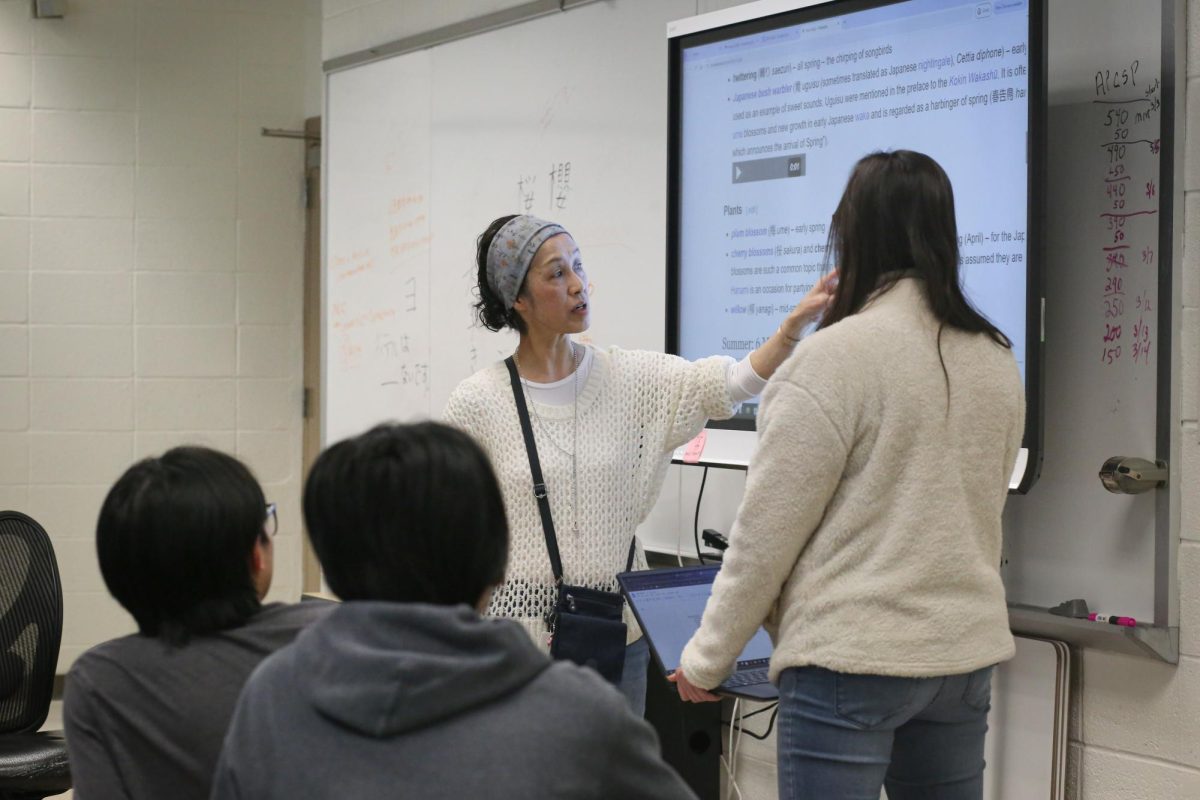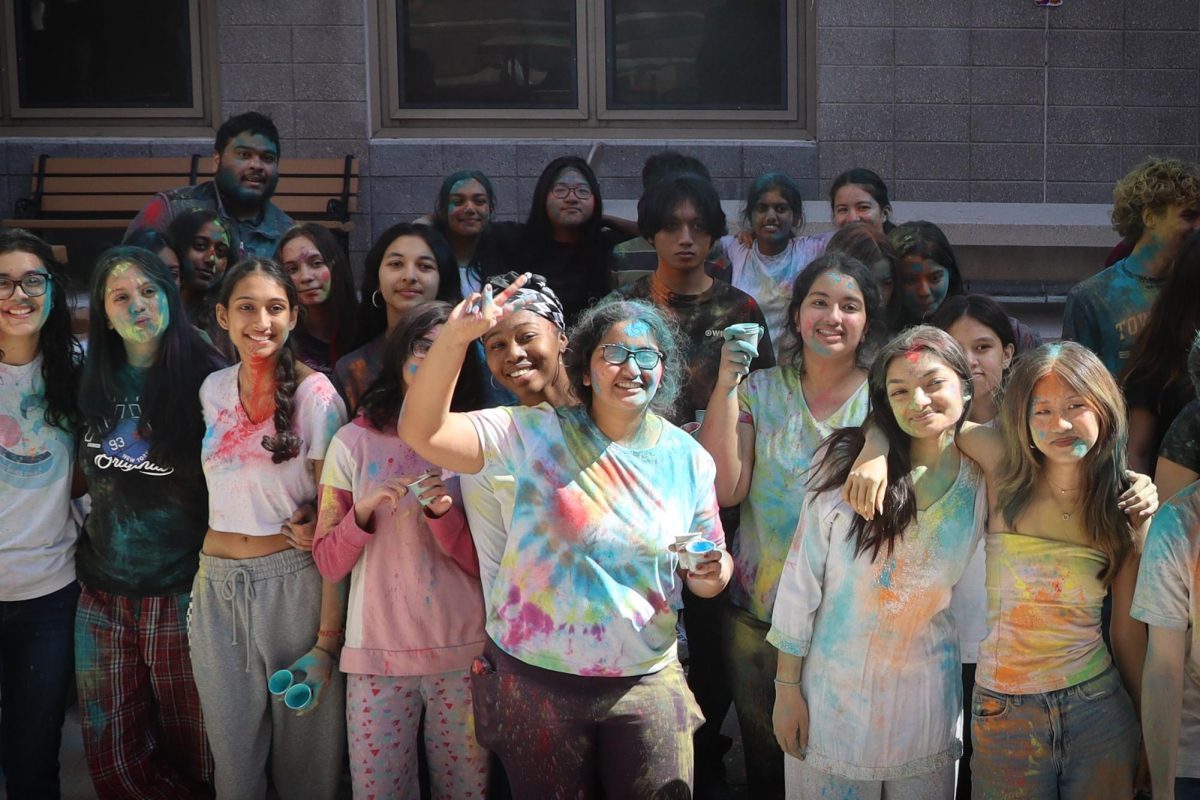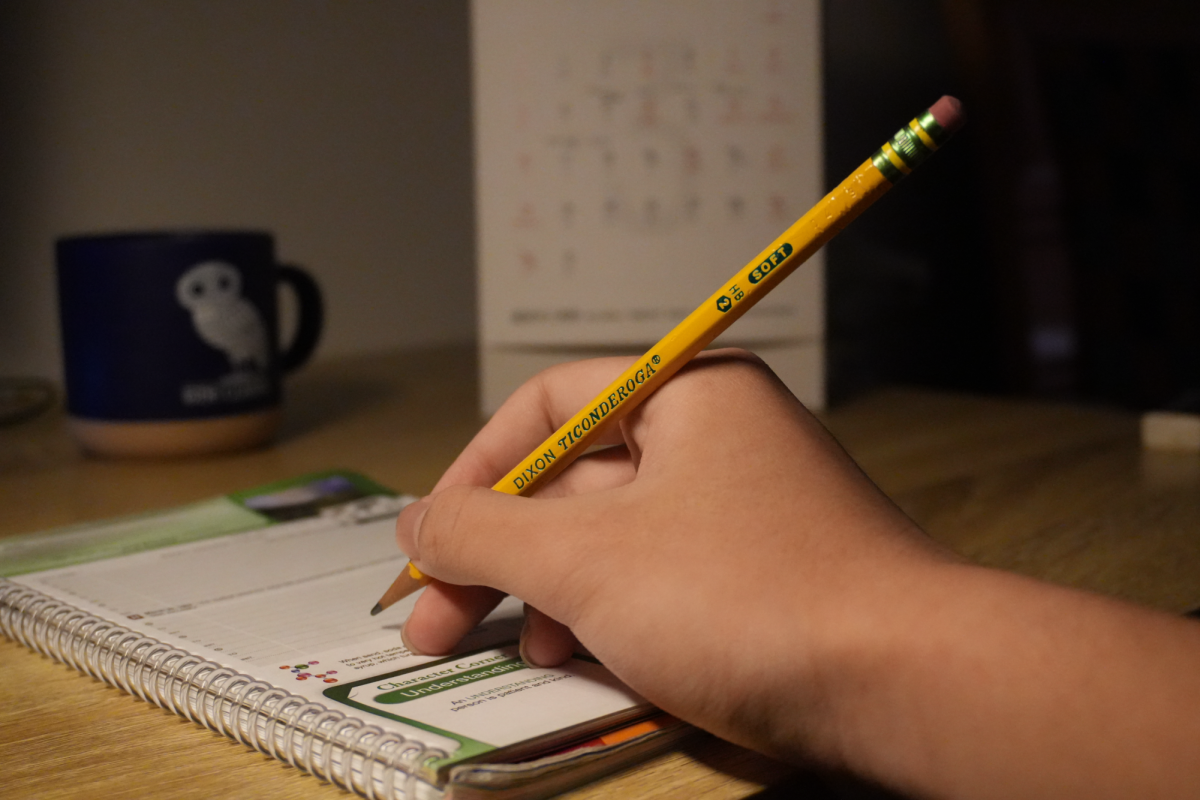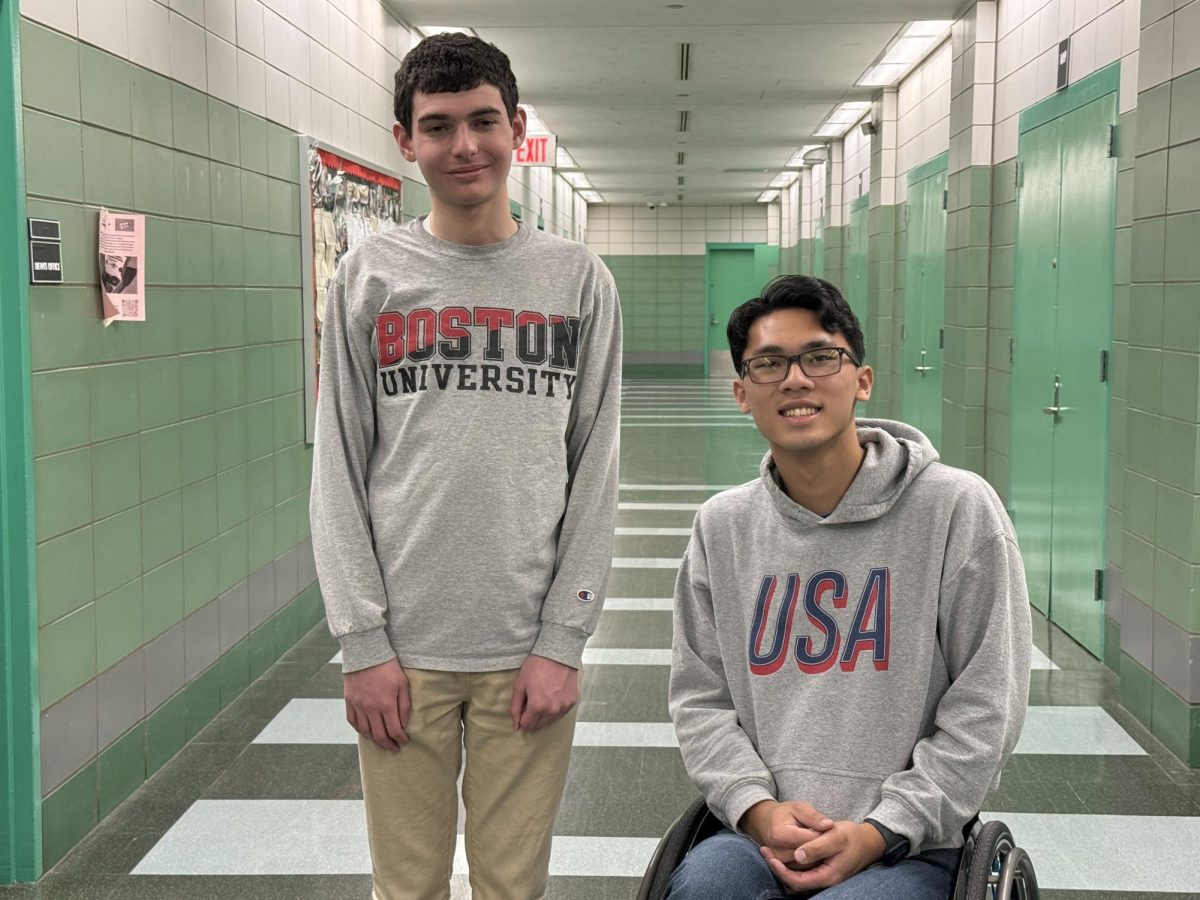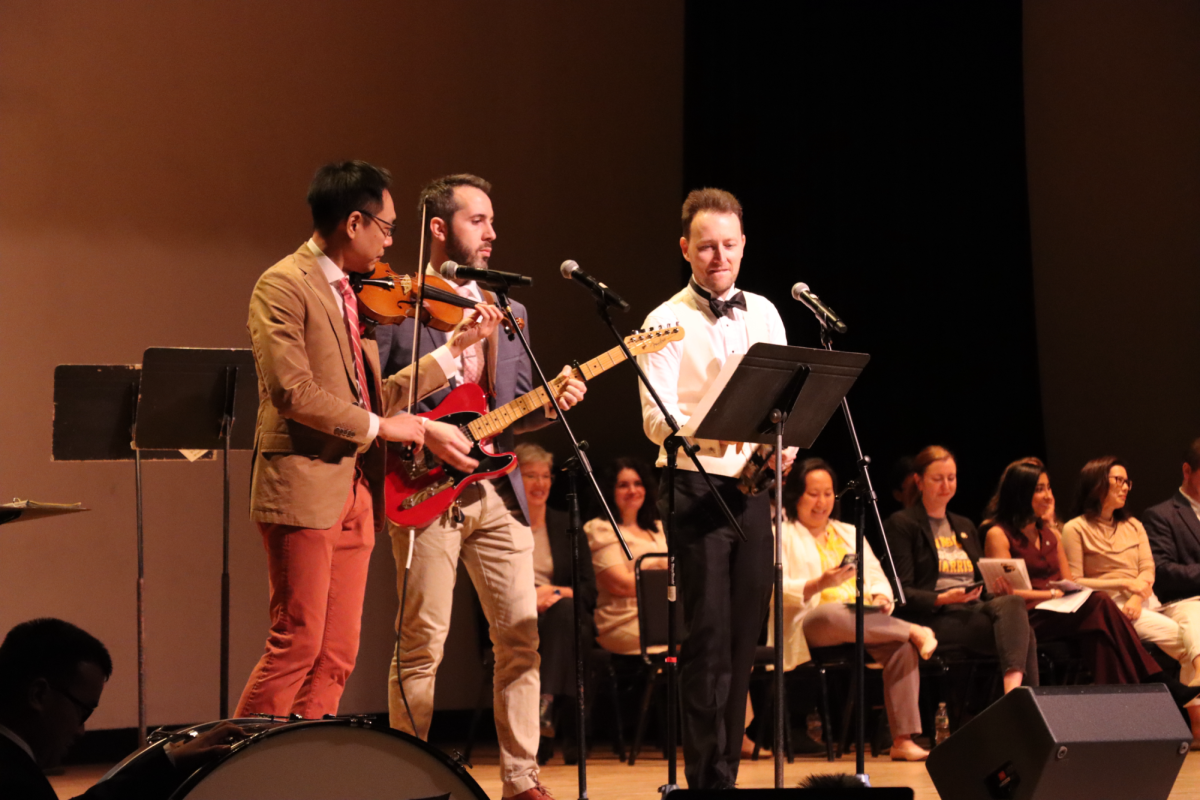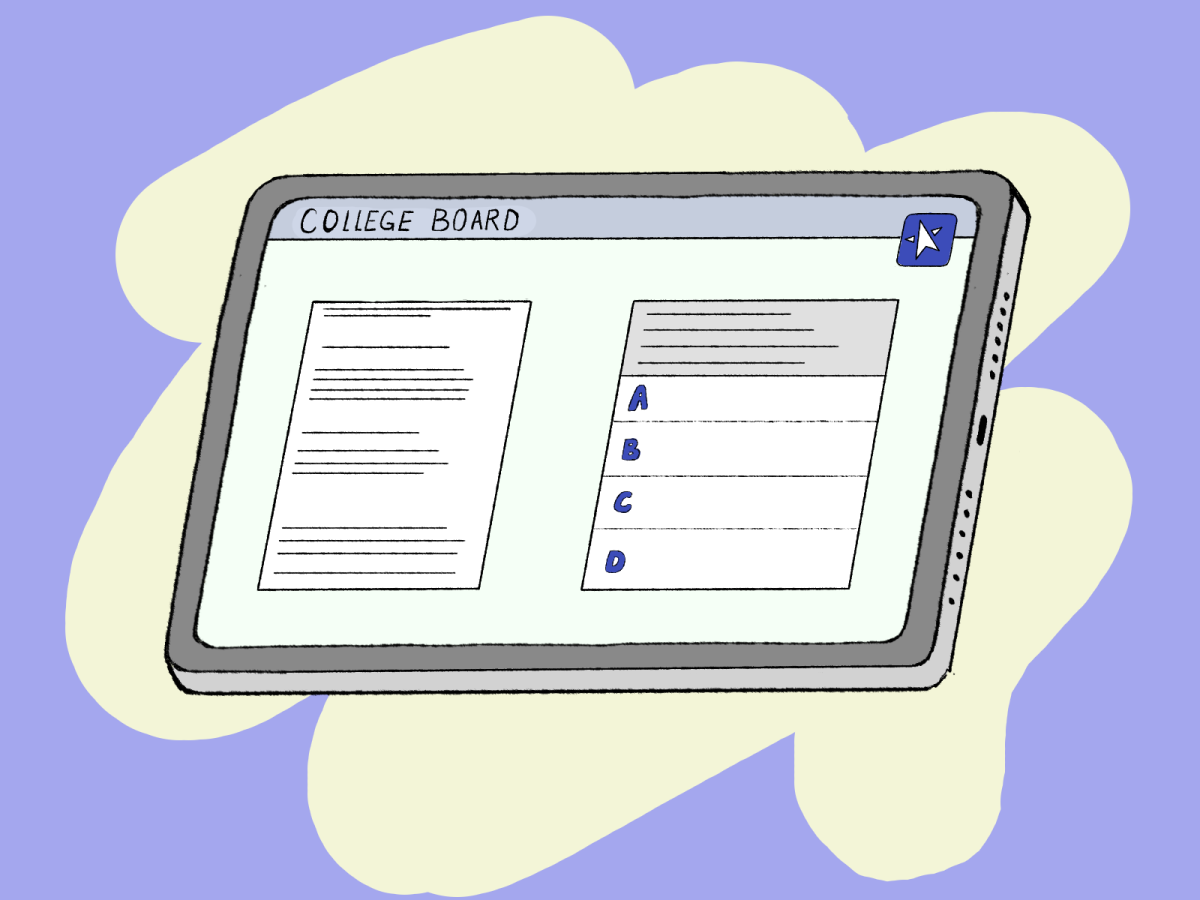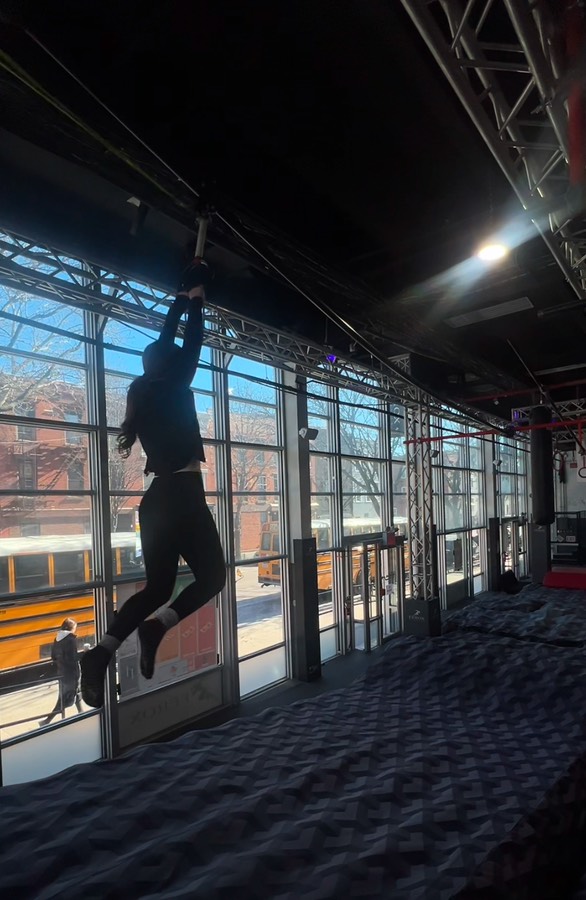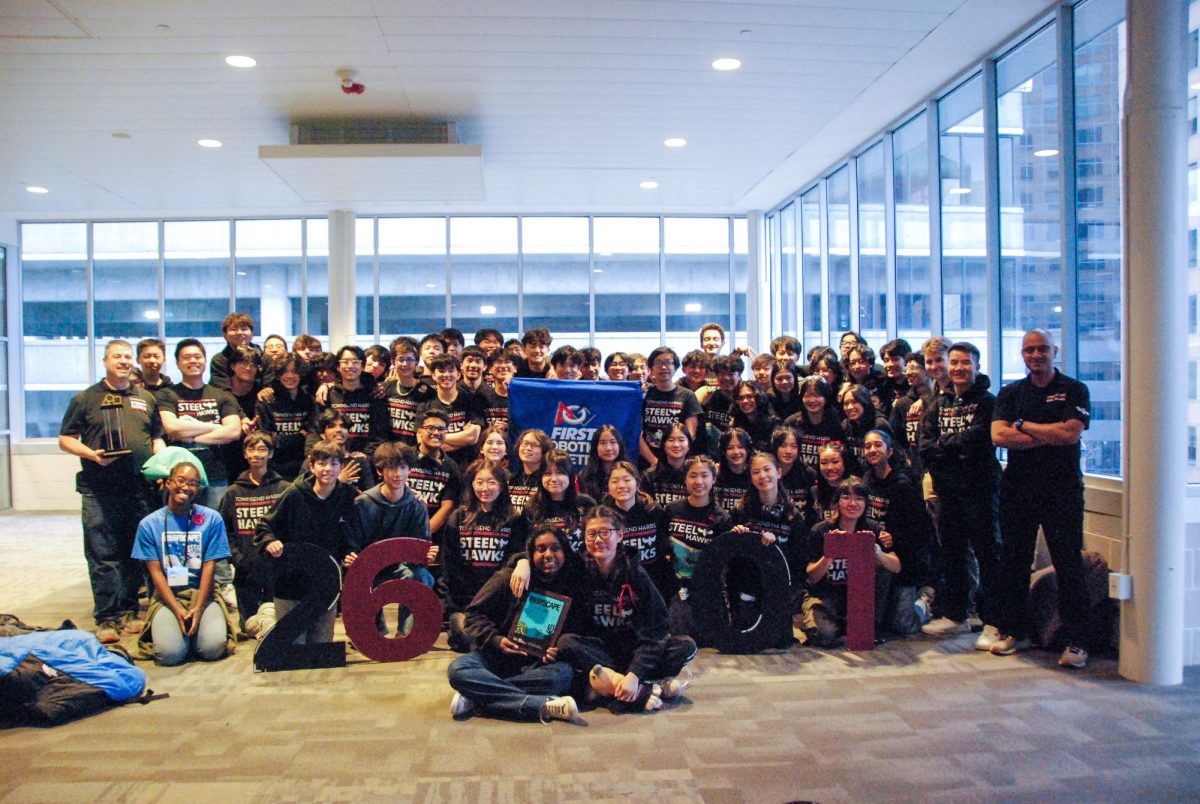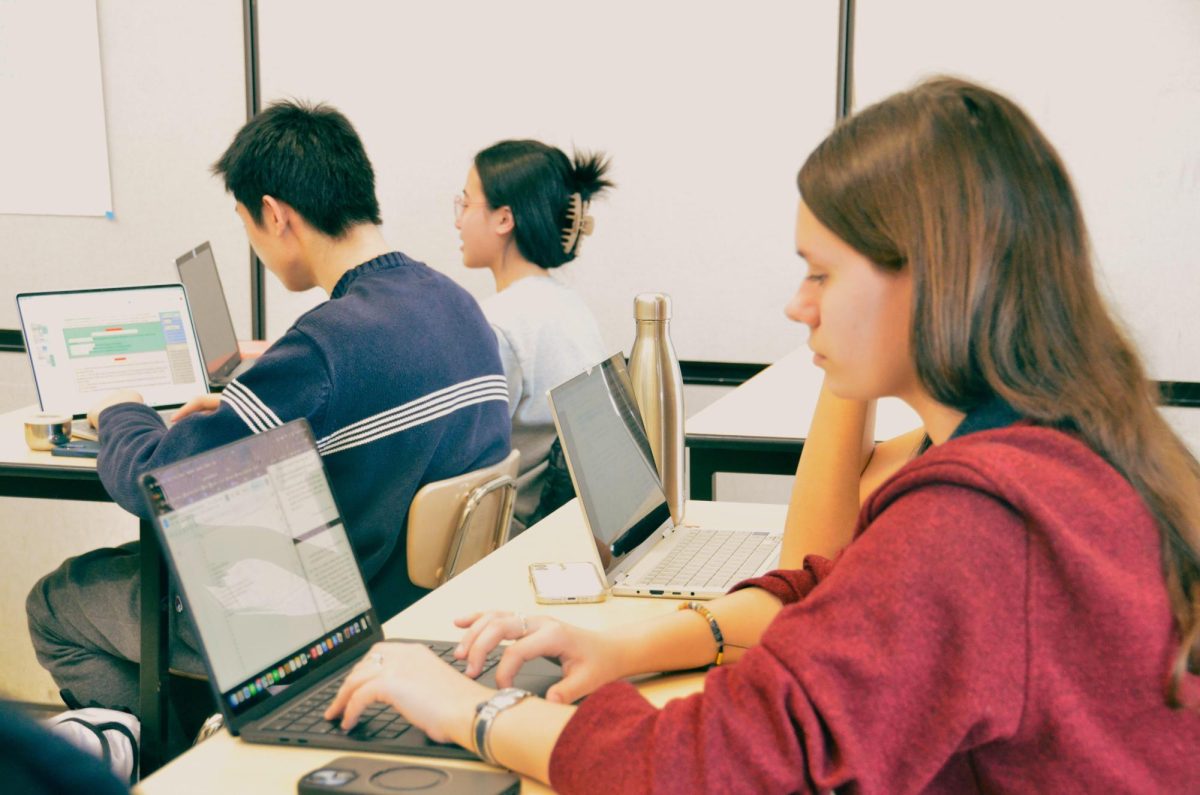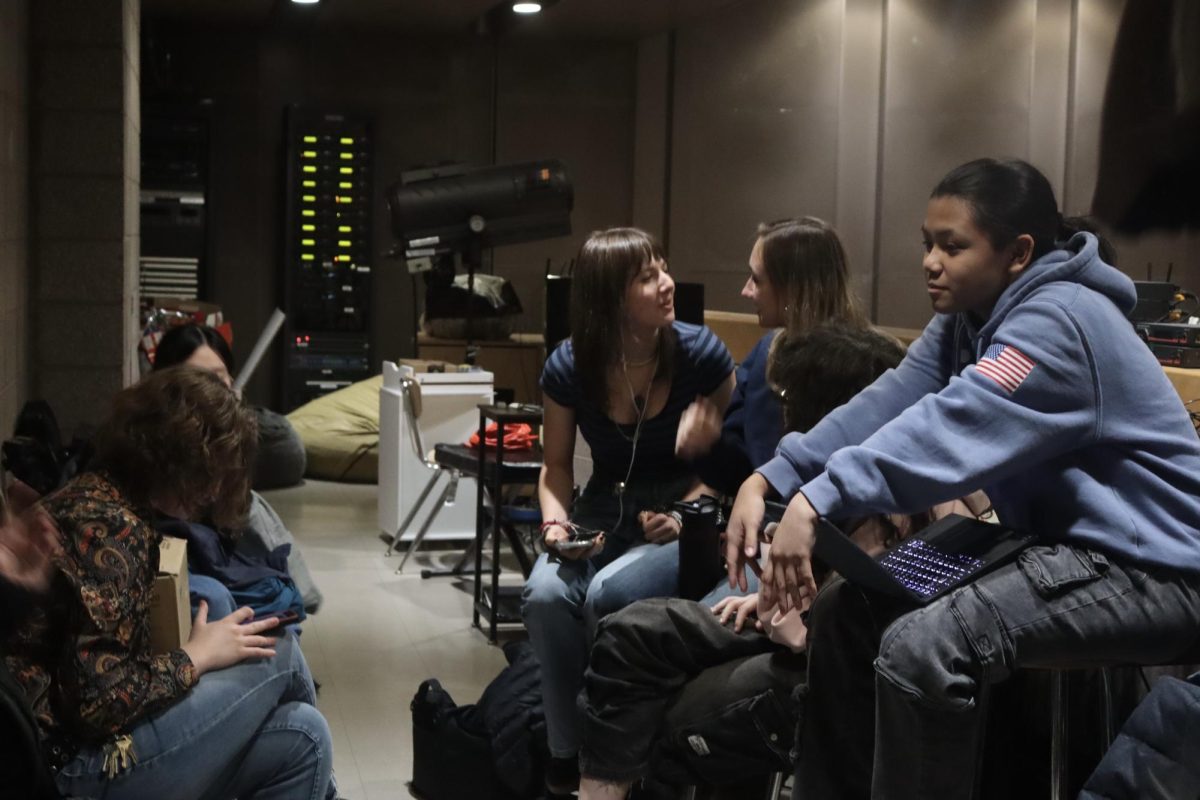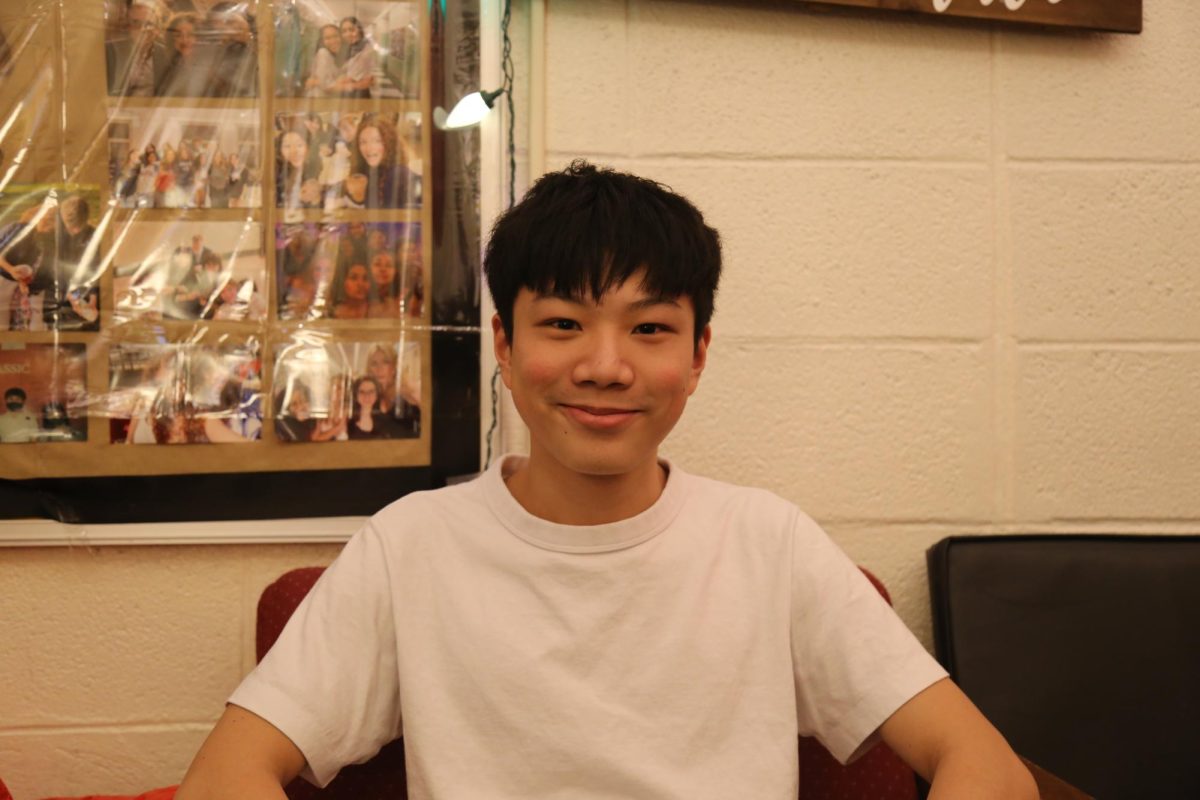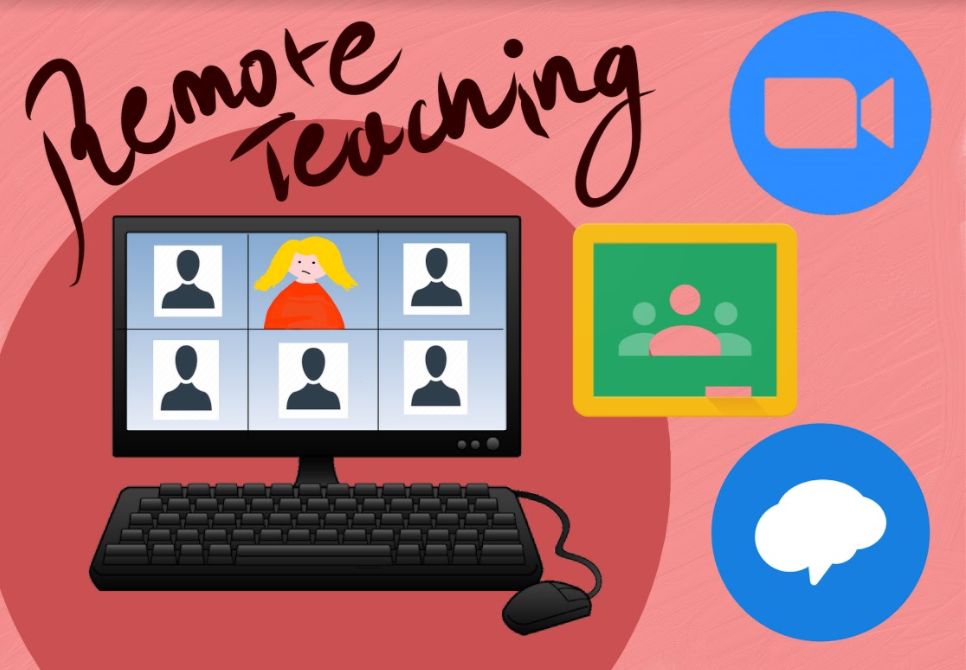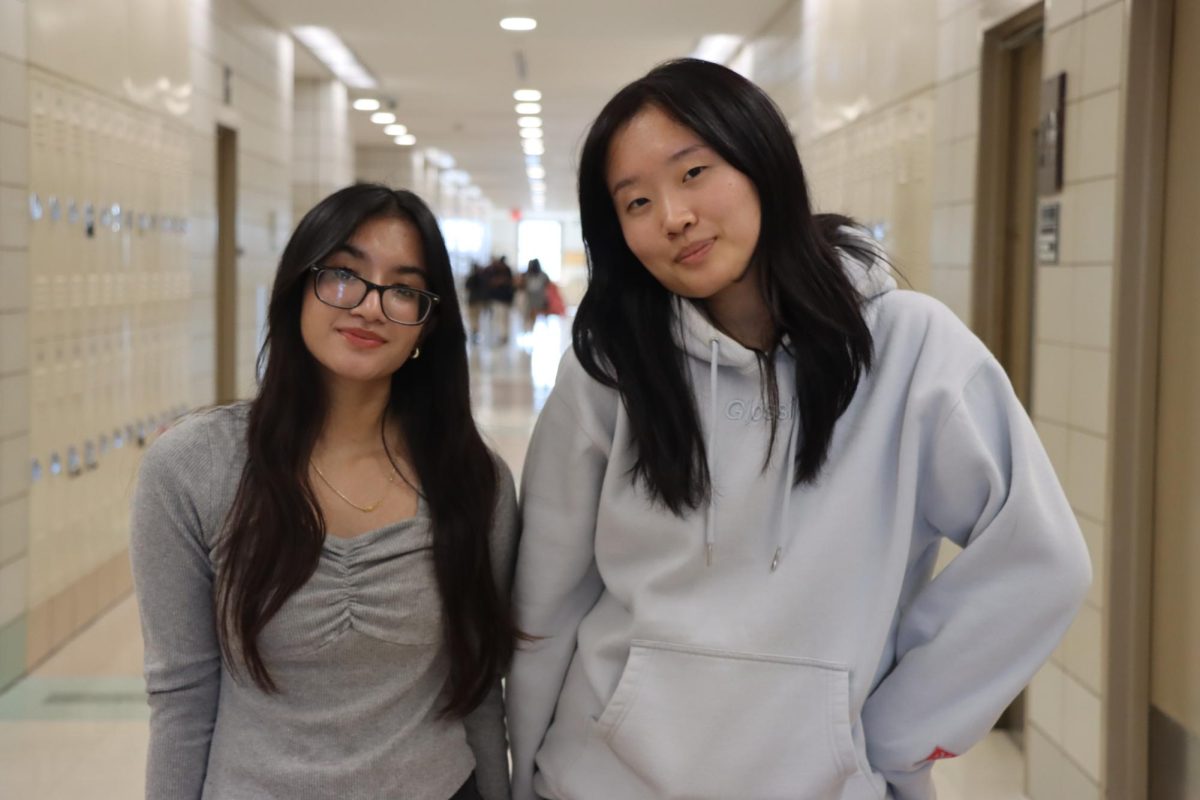
Your head buzzes with the exhaustion of staying up till 4 a.m.
At this point, you just want to get your work over with and go back to sleep. “Who cares about understanding when it doesn’t reflect on your transcript? I have better things to worry about,” you tell yourself as you quickly put your daily calculus video on and start copying the notes without really processing anything.
The voice of Rochelle Bakst– your Calculus teacher– becomes nothing more than a banal humming until:
“DING DING DING– The FIRST derivative!”
Although her passionate tone can seem humorous to otherwise disinterested students, this technique actually helps solve the problem of “processing” on a neurological level.
According to “The Implications of Brain Research for Distance Education,” remote learning affects the transmission between the limbic system and cortical regions of the brain. The limbic system generates and interprets facial expressions and emotions, sending it to the cortical regions to generate a thought. Without visible cues that allow our limbic systems to interpret emotions associated with concepts, information isn’t as easily consolidated and there is greater disengagement. This causes students’ cerebral cortexes to generate less thoughts about class content.
When Mrs. Bakst exaggerates her voice at certain points and constantly repeats definitions, she replaces the social cues of body language that we would see in real-life situations with verbal cues, relieving the problem of engagement and compensating for the lack of.
One large limitation that students experience is the “assignment” form of learning. Many teachers are opting out of teaching through live lessons alone and letting students “learn by doing” through assigning worksheets and activities in Google Classroom. The majority of students completing these online assignments are likely to process information from their notes and online sources. Some students may feel as though they know the information shared through one assignment or class-session, however, remote learning leaves less of an imprint and more of the illusion of having knowledge. Consequently after time passes, it is even more likely that they would revert back to information that they had already learnt, and forget the new information that they were presented with.
Some teachers may see this happening with their students. “Remote learning has a lot of potential but unfortunately it requires effort from both the educator and the student to be truly effective, very similar to your traditional classroom,” said Physics teacher Joshua Raghunath. “If the teacher does not prepare adequately, and the students don’t buy into the learning platform, then the educational and learning opportunities will be limited.”
It is well known that most minds do not absorb information right away. As Theodore J. Marchese reported in “The new conversations about learning: Insights from neuroscience and anthropology, cognitive science and workplace studies,” 80% of our brain’s perception of a concept is derived from old information, ideas, and feelings while 20% is from newly learned information. Therefore, technology could create opportunities where this 20% of information is repeatedly tested through different assignments that cause us to think differently about the same concept to optimize remote learning.
However, not all students are experiencing such difficulties in this new classroom. Some benefits include ensuring that every student can go at their own rate and focus on their own weaknesses. “I actually feel like I’m learning at my own pace. I actually know what’s going on in math,” said junior Sukmanpreet Kaur.
So the simple answer to the question of “Is remote learning hindering learning?” is no. This is merely a new learning style that can be challenging for a lot of students and teachers, who must work together to make the most of this period of remote learning.
Art by Sabrina Khaleque, Art Editor
Discover more from The Classic
Subscribe to get the latest posts sent to your email.

